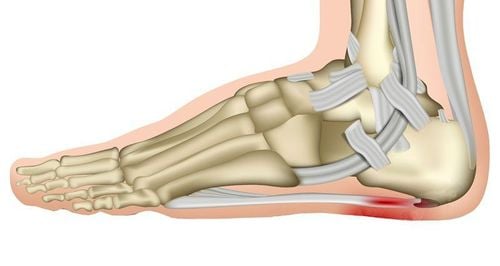Nội dung bạn đang tìm kiếm không có phiên bản tiếng Việt.
Vui lòng chọn tiếp tục để xem nội dung tiếng Anh hoặc đi đến trang chủ Tiếng Việt.
Rất xin lỗi về sự bất tiện này.

Home
Tag Rhabdomyolysis
Articles in Rhabdomyolysis

Note when using antidote for bee stings
Bees are gregarious, highly organized animals and often attack people when they feel threatened. The stinger of bees contains venom that can be dangerous to people who are stung by bees. Depending on the case, the severity of the reactions when being stung by bees to consider whether or not to use antidote for bee stings.
Xem thêm

Laxatives for Weight Loss: Are They Effective and Safe?
In addition to treating constipation, laxatives can also help you lose weight quickly, but this is only a temporary effect. If you abuse these drugs to lose weight, it can affect your health and cause dangerous complications.
Xem thêm

Acute rhabdomyolysis syndrome
Rhabdomyolysis is a syndrome in which skeletal muscle cells are damaged and destroyed, leading to the release of substances in muscle cells into the blood such as potassium, uric acid, lactic acid, myoglobin or enzymes that disrupt electrolytes, metabolic acidosis and even cause acute kidney failure.
Xem thêm

Burial syndrome: What you need to know
Crush syndrome or rhabdomyolysis was discovered by Bywater and Beal in 1941, after an earthquake in London. During war, natural disasters (earthquakes, landslides, house collapses, fires, etc.) or serious work accidents, etc., a part of the victim's body is crushed and buried for two hours or more. These injuries can lead to crush syndrome.
Xem thêm

Diagnosis and treatment of acute renal failure due to rhabdomyolysis
Rhabdomyolysis is a condition in which skeletal muscles are damaged, leading to the release of many toxins into the blood and the appearance of many dangerous complications such as: electrolyte disturbances, acid-base imbalance, shock and the most serious is the scene of acute renal failure due to myoglobin deposition in the renal tubules. So how to diagnose and treat acute renal failure due to rhabdomyolysis?
Xem thêm

Technical procedure for continuous dialysis in acute rhabdomyolysis syndrome
Continuous venovenous hemofiltration (CVVH) is a blood filtration technique that allows continuous (> 12 hours) removal of water and solutes with a molecular weight of less than 50,000 daltons from the patient's blood. In particular, with a large volume of replacement fluid (≥ 35ml/kg/hour) through a convection mechanism, it helps to effectively remove solutes with an average molecular weight similar to that of pro-inflammatory substances.
Xem thêm













